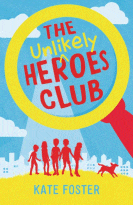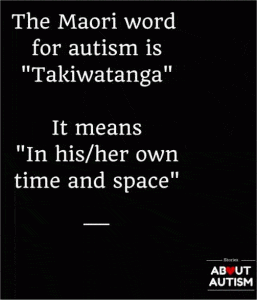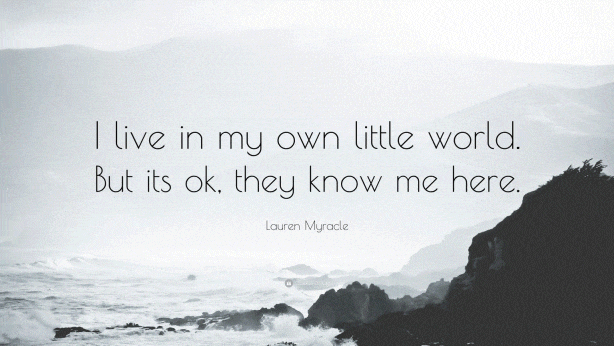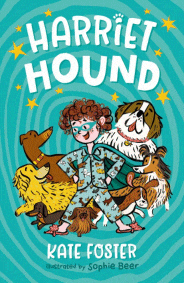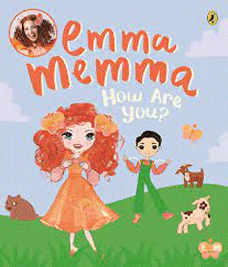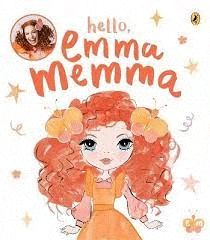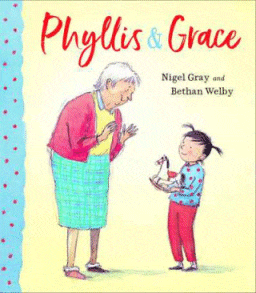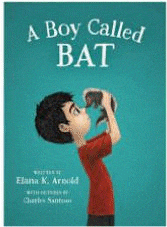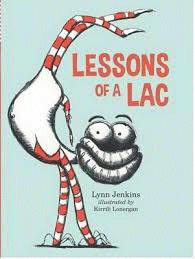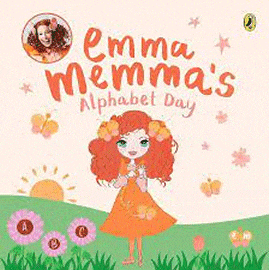
Emma Memma’s Alphabet Day
Emma Memma’s Alphabet Day
Emma Memma
Puffin, 2023
26pp., board book, RRP $A16.99
9781761343780
Behind the the curly red hair, pink shirt and orange dress of the main character is Emma Watkins, once known as the “yellow Wiggle” but also a woman passionate about raising awareness of Australia’s deaf community, who already has formal qualifications in Auslan and who is currently undertaking her PhD in “the affective, artistic integration of sign language, dance and film editing.” In consultation with artists who themselves are deaf, she is producing and releasing a range of formats that as well as the storybook will include, an ebook, audiobook and an Auslan video translation so that all young readers can be entertained through “movement, creativity, inclusiveness and friendship”.
In this new release Emma Memma takes a walk through her day teaching young readers how to sign each letter of the alphabet relating the letter to something she sees or does.
There is a lot of research relating to learning a second language in early childhood, not just because it is easier for the child but because of associated benefits so learning Auslan alongside learning the English alphabet makes a lot of sense. By using a recognised character, everyday situations and multi-modal delivery, Emma Watkins is doing much to normalise this way of communicating so that all children can be included.
